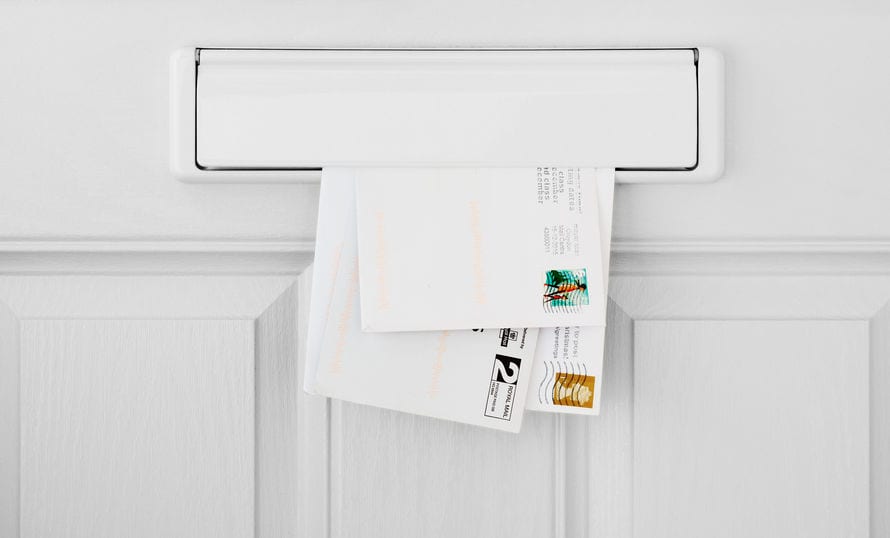The IRS sends a CP501 notice when you have unpaid taxes. A CP501 explains which tax account you owe money on, how much you owe the IRS, when the balance due date is, and what your options are for paying the balance.
If you fail to act on a CP501 notice, the IRS will initiate more aggressive collection efforts to settle your back taxes. Therefore, even if you cannot pay the full past due taxes indicated on your CP501 notice, or you disagree with the assessment that you owe the IRS money, you shouldn’t ignore the CP501 letter.
You have several options aside from simply paying the total unpaid taxes at once. These include setting up an IRS payment plan, submitting an Offer in Compromise, or filing a dispute.
What Is a CP501 Notice?
A CP501 notice is also known as a First Notice of Balance Due. It is often one of the first notices sent by the IRS in an attempt to collect an unpaid tax balance, though in many cases it follows the sending of a separate notice, a CP14 notice. If the IRS believes you owe money on one of your tax accounts, it might send you a CP501 notice to let you know that you need to make arrangements to pay your past due tax balance.
Why Did I Receive a CP501 Notice From the IRS?
You received a CP501 notice from the IRS because you owe past due taxes on one of your tax accounts. Sending the CP501 notice is usually one of the first — and least aggressive — steps of many that the IRS takes to recover unpaid taxes you owe. As long as you don’t ghost the IRS after receiving a CP501 notice, and you follow the proper steps for responding to the CP501, you should be able to avoid more forceful IRS collection efforts.
What’s the Difference Between a CP501 Notice and a CP14 Notice?
Both a CP501 notice and a CP14 notice include the same information — that the IRS shows you have unpaid taxes. In fact, delinquent taxpayers often receive both notices, and when they do, the CP14 notice often comes first.
What Do I Have to Do When I Receive a CP501 Notice?
Upon receiving a CP501 notice, you have three options to stay in the IRS’s good graces. First, you can pay the total amount you owe the IRS in a single payment. Second, you can contact the IRS via the toll-free number at the top right corner of the CP501 notice to set up other payment arrangements. Third, you can dispute the claim by contacting the IRS.
What Should I Do if I Disagree with My CP501 Notice?
If you disagree with your CP501 notice, you should contact the IRS immediately to dispute. Make sure you have as much evidence as you can produce to corroborate your claim — cancelled checks, amended tax returns and so forth. The more evidence you can present, the stronger your case, and the more likely the IRS will side in your favor.
What Happens if I Do Not Respond to My CP501 Notice?
If you fail to respond to your CP501 notice, the IRS will send additional notices and escalate their collection efforts, such as filing a tax lien or garnishing wages.
Does the IRS Charge Interest and Penalties if I Have a Tax Balance Due?
Yes, if you pay your taxes late, the IRS will assess a penalty starting the day after they were due. You will also rack up interest on your outstanding tax balance for every day it remains unpaid.
What Are My Options if I Receive a CP501 Notice and Can’t Pay the Full Amount I Owe the IRS?
If you can’t pay the full amount you owe the IRS, you can apply for the Fresh Start Tax Debt Relief Program to set up an IRS payment plan or long-term installment agreement, submit an Offer in Compromise (OIC) (Read more on: “Offer in Compromise Requirements“) to settle your tax debt for a lesser amount, or request hardship status (Currently Not Collectible) if you can’t make any payments to the IRS.
An IRS expert at Wiztax can help you resolve your back taxes. Call us today at (866) 568-4593 to learn more about how we can help, or start here to take our free online evaluation. Regardless, we promise to save you thousands in fees.
6 Simple Questions. Free Evaluation.
Join our Newsletter
Enter your email address to join our free newsletter. Get all the latest news and updates.

